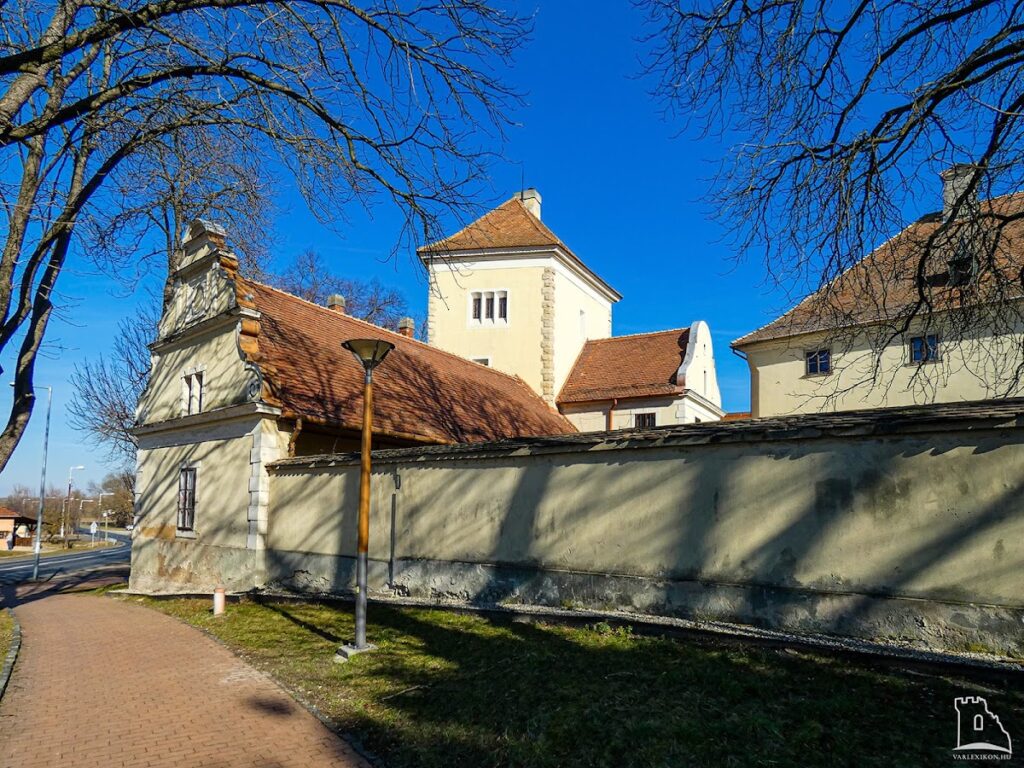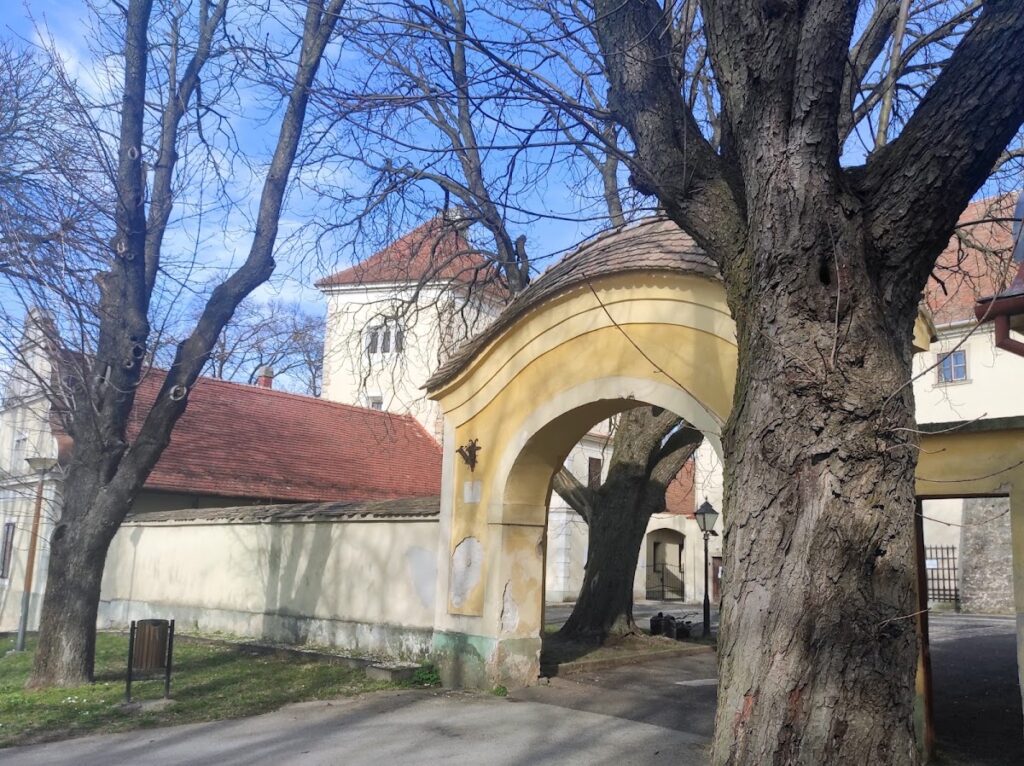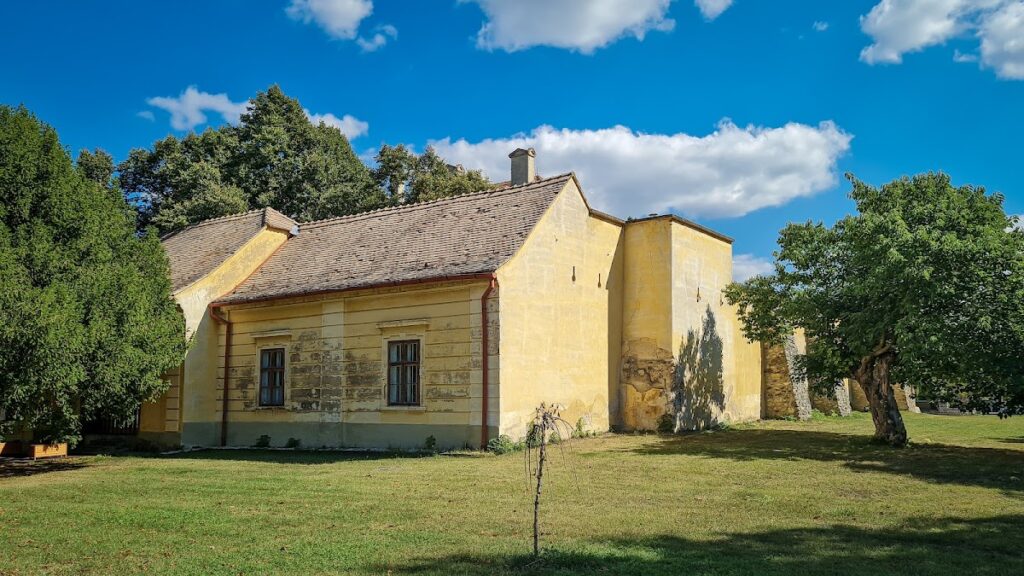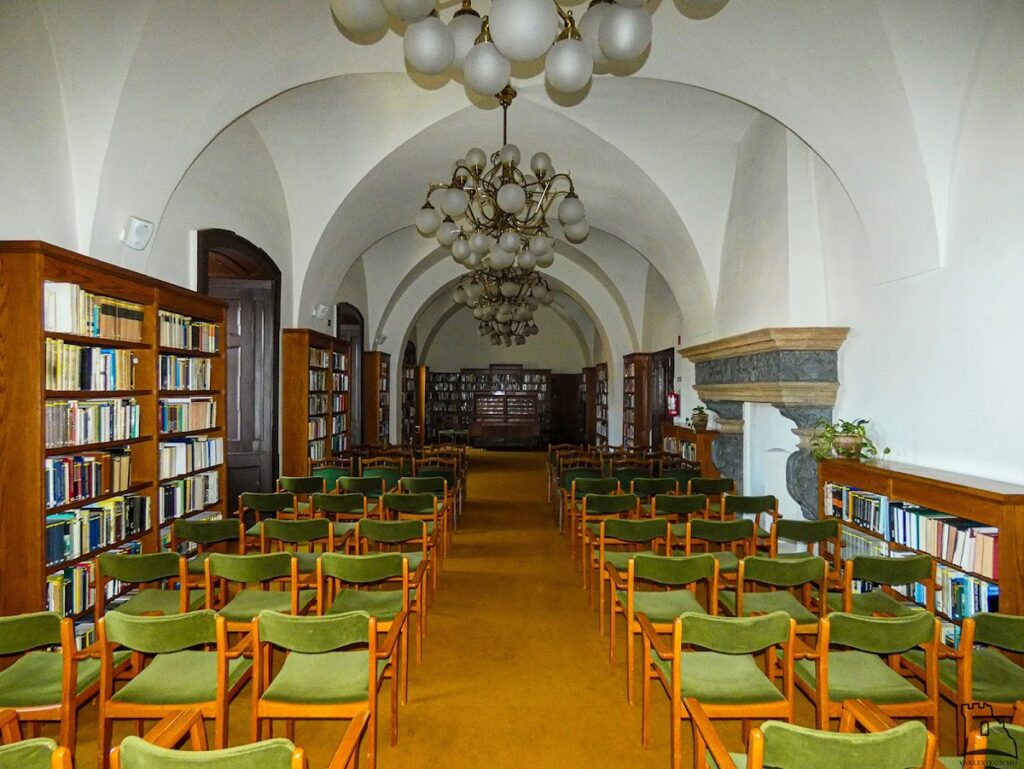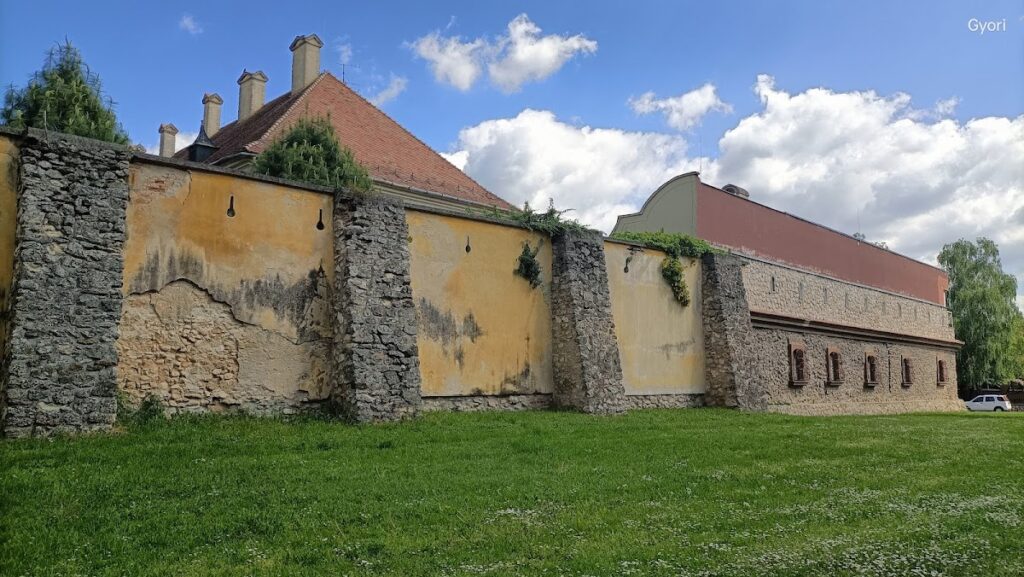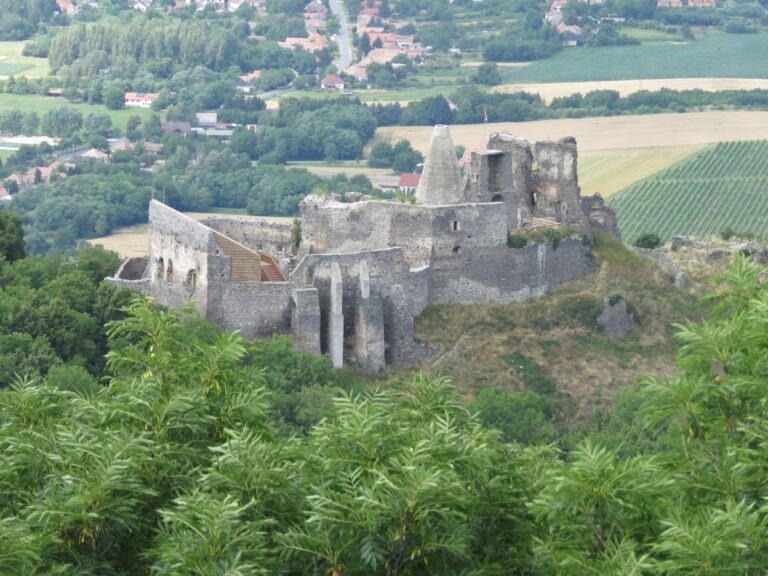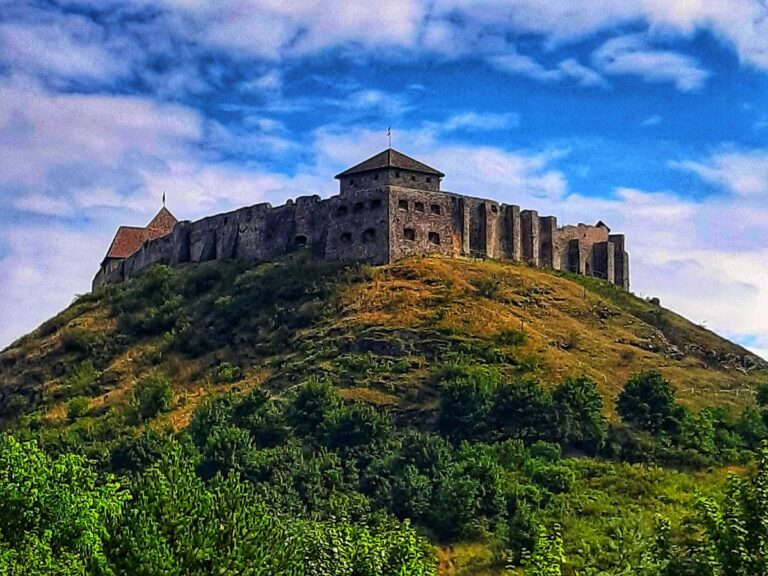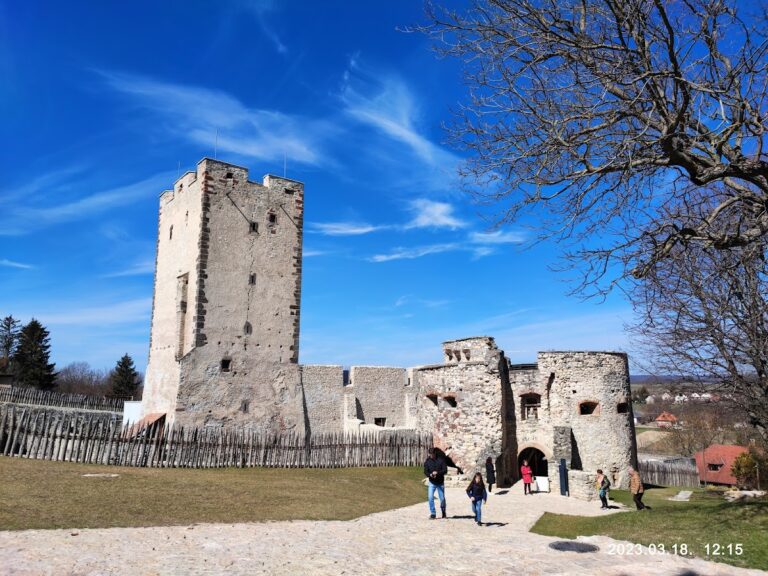Castle of Devecser: A Historic Fortress and Cultural Site in Hungary
Visitor Information
Google Rating: 4.4
Popularity: Low
Google Maps: View on Google Maps
Official Website: www.devecser.hu
Country: Hungary
Civilization: Unclassified
Remains: Military
History
The Castle of Devecser, also called Esterházy Castle, is situated in the town of Devecser in Hungary. Its history begins in the 15th century when the noble Choron family constructed a manor house on this site. This early residence met destruction in 1514 as a result of György Dózsa’s peasant uprising, a significant revolt that affected much of the region.
Following these events, the estate was rebuilt and fortified in response to the political turmoil after the 1526 Battle of Mohács, which led to increased military threats from the Ottoman Empire. Stone walls were erected, a tall watchtower was added, and a moat surrounded the property, transforming it from a simple manor into a small, defensive fortress. By 1532, during the Ottoman campaign towards Vienna, the castle was able to withstand cavalry raids, although it did not have sufficient fortifications for heavy artillery and thus was never a principal stronghold in the border defense system against Ottoman incursions.
In 1583, ownership changed through marriage to the Nádasdy family, a wealthy baronial line. Despite their status, they allowed the fortress to decline. Later, in 1626, the estate was acquired by the Esterházy family, initially as a pledged property and later as hereditary possession. Their loyalty to the Habsburg monarchy contributed to the castle’s preservation, sparing it from demolition unlike many similar fortifications deemed obsolete.
During the late 18th century, specifically in 1790, the building underwent a significant transformation with an extensive remodeling in the late Baroque style, carried out by architect R. Zillach. In the 19th century, further renovations took an eclectic approach under Voyta Adolf’s direction. Alongside these changes, parts of the outer defensive structures were removed, and a nearby fishpond was converted into a Baroque garden, adding a renewed aesthetic dimension to the castle grounds.
Following World War II, the castle was nationalized and largely left unused until it came under the management of the local district administration. It gained historical importance again during the 1956 Hungarian Revolution when it served as the headquarters for the local revolutionary forces. Since 1986, the castle has housed Devecser’s public library, with some rooms preserving Renaissance architectural details that link back to earlier periods of the site’s long history.
The park adjoining the castle suffered considerable damage in 2010 due to a toxic red sludge spill from the nearby Ajka industrial accident. While the grass was destroyed over a wide area, a number of trees managed to survive this environmental disaster.
Remains
The Castle of Devecser is a multi-story structure with cellars that displays a blend of Gothic and Baroque architectural elements, reflecting the various phases of construction and renovation it has undergone. Originally established as a manor house, its transformation into a fortress included the construction of robust stone walls and the addition of a high watchtower designed for early warning and defense. These fortifications were further complemented by a protective moat encircling the building, which offered additional security during times of unrest.
During the 18th-century remodeling, many of the castle’s external defensive components were removed, signaling a shift from military function toward residential and aesthetic purposes. This period also saw the conversion of the adjacent fishpond into a Baroque-style garden park, a layout that has earned protection status due to its historical and cultural value. The garden complemented the castle’s new stylistic direction and remains an important aspect of its setting despite suffering damage in recent years.
Inside the castle, Renaissance features have been preserved in remarkable detail. Notably, door and window frames retain their characteristic Renaissance shapes and craftsmanship, offering a glimpse into the artistic design of the period. In the rooms currently used by the public library, both Renaissance and Baroque fireplaces survive, representing the layering of different stylistic influences through the centuries.
The castle occupies a strategic location just north of Devecser’s urban zone, near important transport routes including road 7324, close to its junction with main road 8, and near the Székesfehérvár–Szombathely railway. Its position underscores its historical role in regional defense and administration.
The park surrounding the castle was heavily affected by the 2010 red sludge disaster, which destroyed its grass cover extensively. However, some of the trees in the park endured the environmental impact, maintaining a fragment of the garden’s original botanical character.
